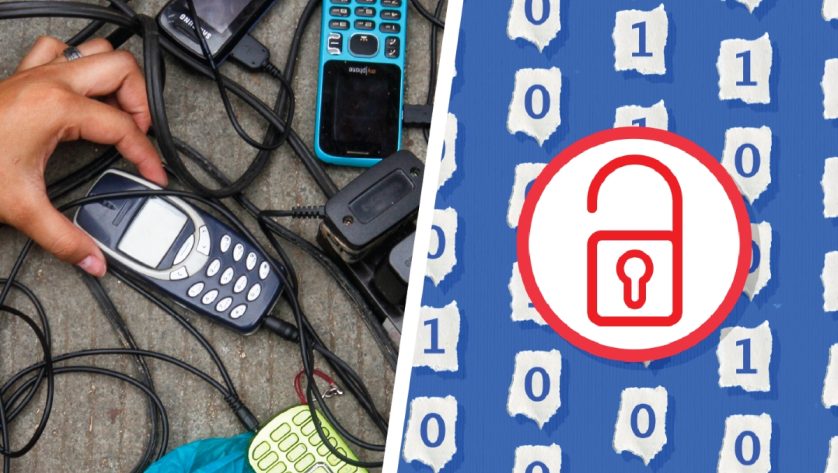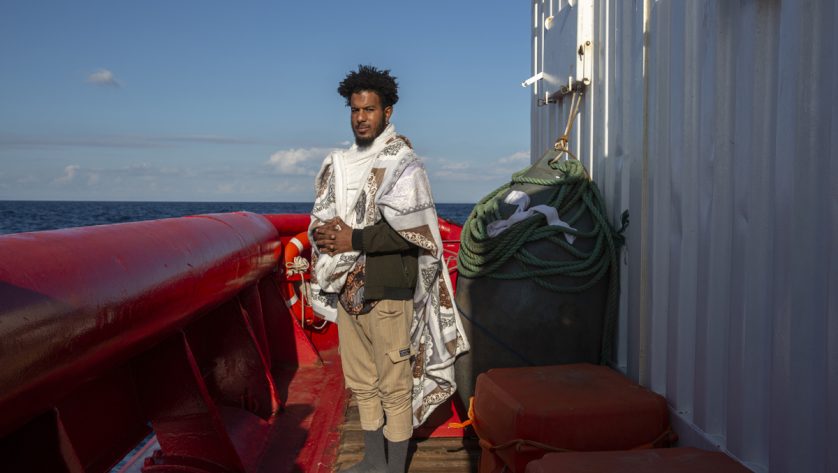One of the many roles that RCRC magazine has played over the years has been to tackle complex, emerging humanitarian issues with in-depth reporting and analysis. By exposing our readers to the perspectives of experts, within and without the Movement, the magazine could help inform discussions on issues such as mental health, gender and inclusion, sexual violence, urban conflict, or the implications of new technologies.
One example was this cover article, “Programmed for War”, in which the magazine explored the increasing development of autonomous weapons systems: complex machines that are programmed to make life-and-death decisions on the battlefield, potentially taking the place of human soldiers, pilots or remote-control operators.
“An autonomous weapon is one that selects and applies force to targets without human intervention,” explains Neil Davison, an expert in the field who shares his insights in this 6th Episode of the RCRC magazine podcast series.
“After it’s been activated, or turned on, it’s essentially the process of sensors and software or machine processes that trigger it to strike,” says Davison, senior scientific and policy adviser for the Arms and Conduct of Hostilities Unit at the ICRC. “One way to think about it is that this sensor and software process forms a target profile. So that could be let’s say, the shape of a tank or the speed and trajectory of an incoming missile.”
“Certain autonomous weapons like this have been in use in very constrained ways for some years, but at the moment, there’s increasing interest in expanding the range of systems that function in that way, particularly the range of remote-controlled weapons.”
 Red Cross Red Crescent magazine
Red Cross Red Crescent magazine 







 Climate Change
Climate Change Volunteers
Volunteers Health
Health Migration
Migration